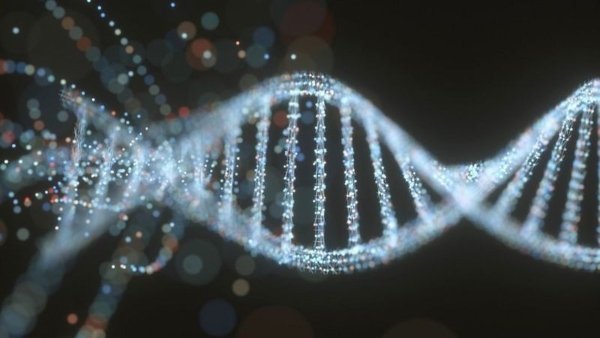
Washington: Scientists on Thursday published the primary complete human genome, filling in holes staying after past endeavors while offering new guarantee in the quest for hints in regards to illness causing transformations and hereditary variety among the world’s 7.9 billion individuals.
Specialists in 2003 uncovered what was then charged as the total arrangement of the human genome. However, around 8% of it had not been completely unraveled, basically in light of the fact that it comprised of profoundly redundant lumps of DNA that were hard to work with the rest.
A consortium of researchers settled that in research published in the diary Science. The work was at first made public last year before its proper friend survey process.
“Creating a genuinely complete human genome grouping addresses an unbelievable logical accomplishment, giving the primary exhaustive perspective on our DNA outline,” Eric Green, overseer of the National Human Genome Research Institute (NHGRI), part of the US National Institutes of Health, said in an explanation.
“This central data will fortify the numerous continuous endeavors to see every one of the practical subtleties of the human genome, which thusly will engage hereditary investigations of human infection,” Green added.
The consortium’s full form is made out of 3.055 billion base matches, the units from which chromosomes and our qualities are assembled, and 19,969 qualities that encode proteins. Of these qualities, the scientists distinguished around 2,000 new ones. The majority of those are crippled, yet 115 may in any case be dynamic. The researchers likewise spotted around 2 million extra hereditary variations, 622 of which were available in restoratively pertinent qualities.
The consortium was named Telomere-to-Telomere (T2T), named after the constructions found at the closures, everything being equal, the threadlike design in the core of most living cells that conveys hereditary data as qualities.
“Later on, when somebody has their genome sequenced, we will actually want to distinguish every one of the variations in their DNA and utilize that data to more readily direct their medical services,” Adam Phillippy, one of the heads of T2T and a senior agent at NHGRI, said in a proclamation.
“Genuinely completing the human genome succession was like putting on another sets of glasses. Now that we can obviously see everything, we are one bit nearer to understanding what everything implies,” Phillippy added.
In addition to other things, the new DNA arrangements gave new insight concerning the locale around what is known as the centromere, where chromosomes are snatched and pulled separated when cells gap to guarantee that every “girl” cell acquires the appropriate number of chromosomes.
“Revealing the total arrangement of these previously missing districts of the genome told us such a huge amount about how they’re coordinated, which was absolutely obscure for some chromosomes,” Nicolas Altemose, a postdoctoral individual at the University of California, Berkeley, said in an explanation.
